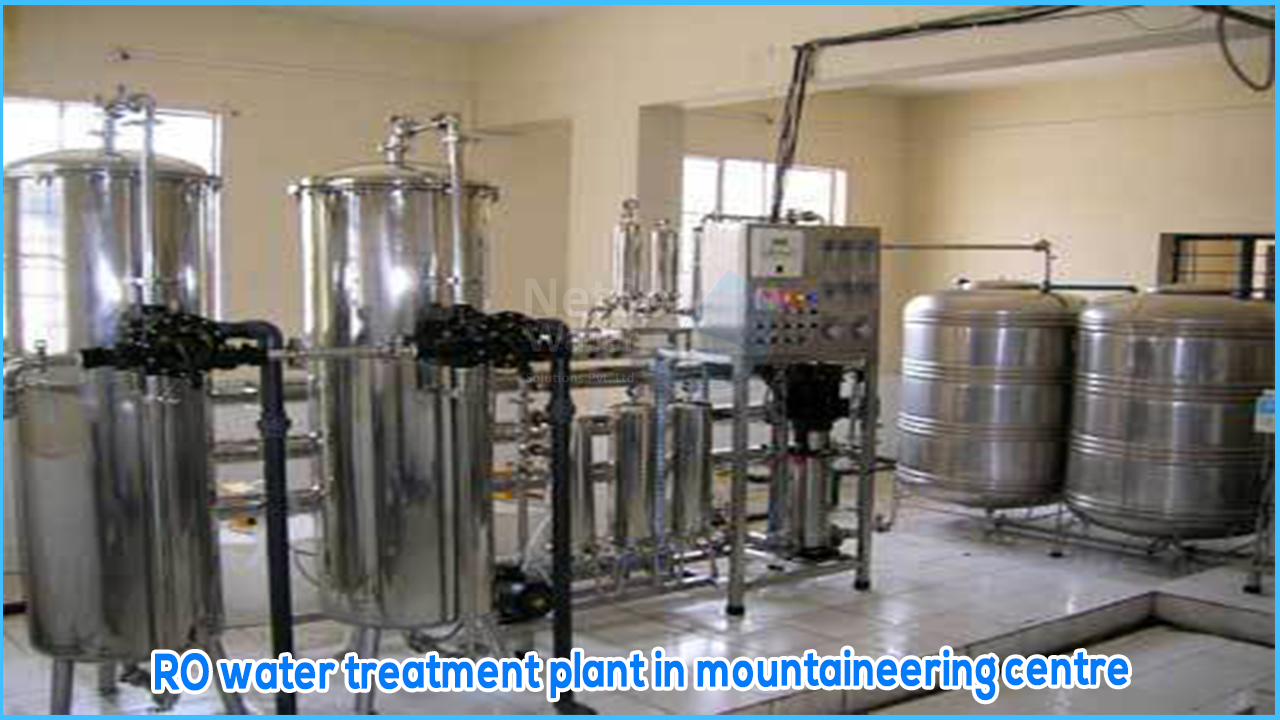What is RO treatment plant?
Reverse Osmosis is the process of forcing a solvent from an area of ??high solute concentration through a membrane to an area of ??low solute concentration by applying a pressure that exceeds the osmotic pressure. This is the opposite of the normal osmosis process, which is the natural movement of solvent from an area of ??low solute concentration through a membrane to an area of ??high solute concentration when no external pressure is applied. The membrane here is semi-permeable that allows solvents to pass through, but not solutes.
To illustrate, imagine a semi-permeable membrane with fresh water on one side and a concentrated aqueous solution on the other. With normal osmosis, fresh water passes through the membrane to dilute the concentrated solution. In reverse osmosis, pressure is applied to the side with the concentrated solution to push the water molecules through the membrane to the fresh water side.
Membranes used for reverse osmosis systems have a dense polymer barrier layer in which separation takes place. Since reverse osmosis does not occur naturally, it must be created by applying pressure to high solids water to force it through the membrane, with pressures of 8-14 bar for fresh and brackish water and 40-70 bar for sea water, which it is around 24 bar (350 psi) of natural osmotic pressure that must be exceeded.
Mountain Water
Mountains are of utmost importance for the supply of drinking water, as well as for food, energy and industry. Freshwater from mountainous areas also supports unique ecosystems and biodiversity in both highlands and lowlands. Mountainous regions are under pressure from deforestation, agriculture and tourism, as well as increasing demand for their resources in the densely populated lowlands.
In many regions they are marginal areas for human habitat, as they are limited by steep slopes, arid soils, cool temperatures and inaccessibility. The surrounding plains are often more favourable for settlement, agriculture and industry, but they still depend on the mountains for water resources.
How do mountain people get water?
People living in the highlands of mountains and valleys, they have access to freshwater streams and the water available to them is full of minerals and metals as the river moving downwards is acting as a sediment carrier. This water is having high TDS and consuming high TDS water is harmful for consumption. The groundwater supply is almost negligible. So they have access to only surface water and surface water can be contaminated at any point, so water purification is required. In colder months, water becomes ice and gets solidified in pipes, pipe bursting is also a major problem in the area.
How to purify mountain water for consumption?
Reverse Osmosis technique is quite suitable for the treatment of mountain water as membrane technology filters out high TDS and UV rays disinfect the water that might be containing pathogens. Pre-treatment is must in the mountainous region as water is highly filled with dissolved metals and minerals, so to lower the load on RO membrane, water must be pre-treated.Thus it is important to install RO plants in various mountaineering centres both for the residents as well as travellers.




